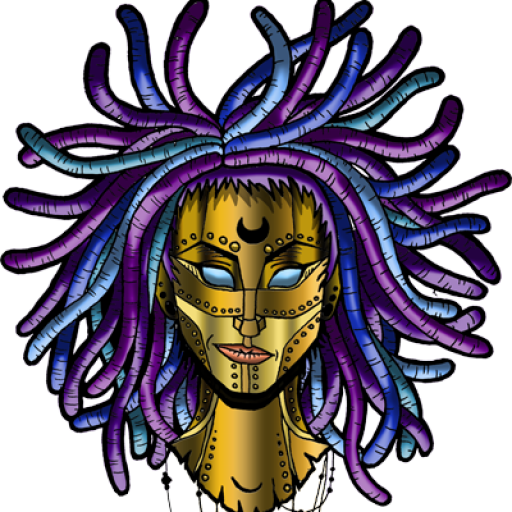The hottest debate in the entire dreadlock community is the question of dread wax: Is it good or bad? If you’ve had any experience with dreadlocks at all to this point, you’ve surely seen that there is a huge discrepancy and disagreeance between dread heads about the usefulness and safety surrounding the use of dreadlock wax.
The first step to understanding the use of wax in dreadlocks especially, we must take is first to define what “wax” is. Wax traditionally refers to a substance that is secreted by bees (beeswax) and is used by them in constructing honeycombs. In modern terms, wax is an imprecisely defined term generally accepted to refer to a substance with properties similar to beeswax such as:
-
Malleable solid at normal room temperature.
-
A melting point above 45° C / 113°F. (Beeswax melts at 45°C, paraffin wax melts at 47 – 65°C, carnuba wax melts at 75 – 85° C, and microcrystalline wax melts at a jaw-dropping 140 – 200°C.)
-
Insoluble in water.
-
Hydrophobic. Hydrophobic refers to the property of a substance to repel or fail to mix with water.
The companies out there that sell dreadlock wax products and tout them as being the “only” way to lock up silky, Caucasian hair types and claim that regular washing with shampoo will remove dreadlock wax. However, by the very facts alone that wax is insoluble and hydrophobic suggests the exact opposite. This doesn’t even take into consideration that the highest that the typical hot water heater is set to is 120°F; the temperature at which even just seconds of exposure will scald the burn the skin severely. (Ten minutes of exposure at 120°F water will create third degree burns!)
The most common brands of commercially available dreadlock wax contain beeswax or a combination of beeswax and microcrystalline wax with a combination of various oils and butters which are also insoluble in water.
Commercial dreadlock product companies admit that wax does not actually help create new knots (and, in fact, inhibits it). They believe that wax holds the hair in the dread in place and increases the memory of the hair much in the same way hair that is braided while damp will retain the braid shape after dried, encouraging it to compress and lock sooner. It is my opinion, however, that wax more accurately acts as a lubricant and is FAR more likely to loosen already-established knots. Many who wax find that their dreads may get ‘harder’ sooner and are usually unnaturally tight and compressed as compared with unwaxed locks. Typically ‘hardness’, however, is built up wax, which ultimate leads to trapped moisture and problems with mold, A.K.A. “dread rot”. At it’s most basic level, WAX IS A RESIDUE. Nothing that either is or can cause residue should be used on dreadlocks. Even commercial dreadlock companies will tell you this, but conveniently leave out the part about how wax IS residue.
Fortunately, there have recently been some innovations that enable dread heads to successfully remove wax from their locks. Check out the Wax/Oil Removal Deep Cleanse which is a great, do-it-yourself homemade recipe. Or you can check out Wax B-Gone by Dreadlock Shampoo if you want a simpler solution that you don’t have to mix up yourself. It works by emulsifying the wax and turning it into an easy-to-rinse-out liquid. Although wax can be used to make new dreads look more mature, many anti-waxers say that it prevents locking and simply glues the hair together. Dreadlocks require friction to lock up and wax does not allow the hair to move and create new knots. Not all individuals who wax end up with these issues. However, until we are able to discover what factor leads to some people having issues and some not we are simply NOT able to recommend a product that is known to cause problems. For that reason we do NOT recommend the use of dread wax.
